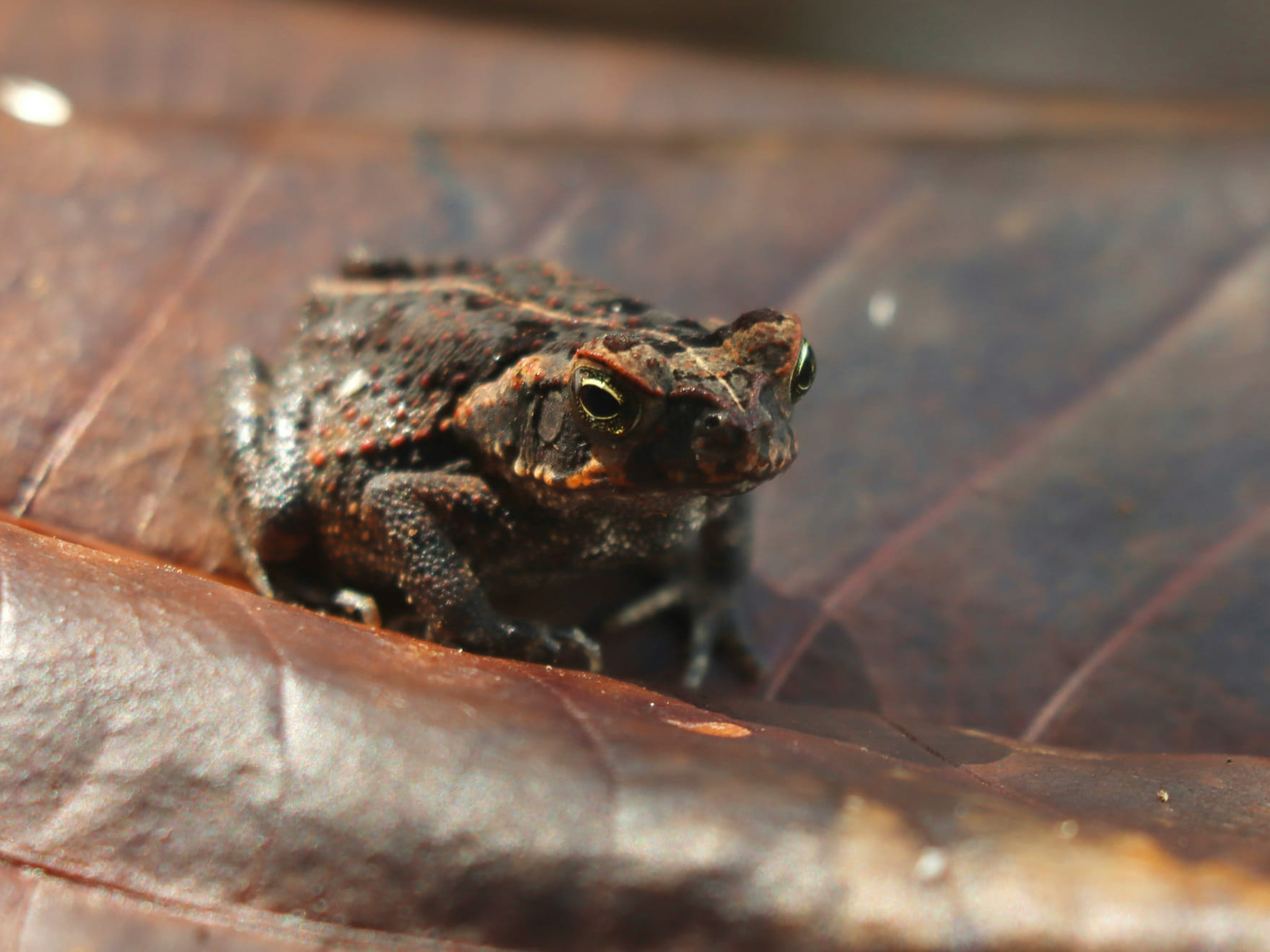Poisonous Toad: A Master of Defense
Poisonous toads, particularly species like the cane toad, are known for their potent toxins that can deter predators and defend against threats. Found in various regions around the world, poisonous toads have adapted to diverse environments, from tropical rainforests to semi-arid climates.
Habitat and Adaptations
Many poisonous toads inhabit moist areas such as ponds, marshes, and rainforests, though some species have adapted to drier environments. They are nocturnal creatures, emerging at night to feed on insects, small mammals, and even other amphibians. Poisonous toads secrete a toxic substance through glands in their skin, which serves as a powerful defense against predators.
Reproduction and Development
Poisonous toads breed in water, laying thousands of eggs at a time. Their tadpoles develop quickly, helping the species maintain populations even in changing environments. Some species, like the cane toad, are invasive and have disrupted local ecosystems by outcompeting native species and poisoning predators unaccustomed to their toxins.
Ecological Impact and Challenges
Poisonous toads pose challenges to ecosystems, particularly when introduced to non-native regions. Their toxins can affect local wildlife, especially predators unprepared for the toad’s defenses. Conservationists work to control invasive populations and educate communities on handling encounters with these unique amphibians.

